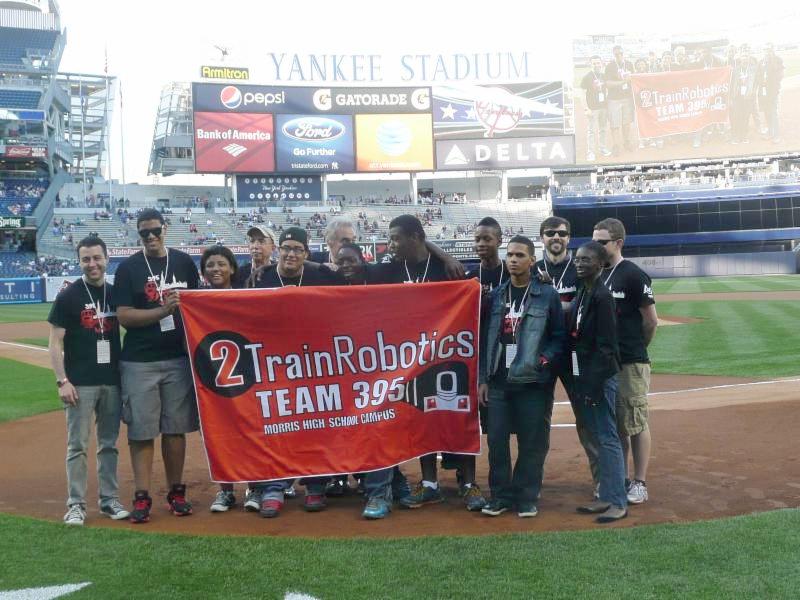"Octopus Inspires World's First Soft, Autonomous Robot
It's cheap to 3-D print, moves under its own power—and doesn't hurt if it bumps into you. Meet octobot, herald of a robotics revolution."
It's cheap to 3-D print, moves under its own power—and doesn't hurt if it bumps into you. Meet octobot, herald of a robotics revolution."
This story appears in the May 2017 issue of National Geographic magazine.
"Banish your preconceptions of robots as stiff, herky-jerky metal machines. An “octobot” less than three inches wide is changing the robotics landscape.
The octobot is the world’s first completely soft, autonomous, and
untethered robot. It is free of wires, batteries, and any hard
material—like its namesake, the octopus, which has no internal skeleton.
A Harvard University research team led by engineering professors
Robert Wood and Jennifer Lewis tried more than 300 designs before they
came up with one that worked. And now the octobot could revolutionize
the use of robots. Traditional robots are “fantastic for what they do in
terms of automation, but they’re not geared toward human interaction,”
Wood says. Soft robots provide a safer solution: “If they run into
something, it’d be like bumping into a basketball. It won’t hurt you.”
Before the octobot, soft robots were either hybrids—pliable exteriors with hard guts of batteries or wires—or soft models tethered to an external cord. The octobot eliminates these restrictions. It moves by pneumatic power: An internal circuit triggers chemical reactions, turning its liquid hydrogen peroxide fuel into a gas, which inflates the robot’s limbs and allows them to move. The whole assembly is created from silicone using a 3-D printer.
The octobot is currently a prototype, but its writhing arms prove that the technology works. The goal, says Wood, is to find viable applications, such as in health care. Soft robots could be made from biocompatible and biodegradable materials—and, he says, might even be formed into capsules to be swallowed for more effective and less invasive endoscopies..."
Before the octobot, soft robots were either hybrids—pliable exteriors with hard guts of batteries or wires—or soft models tethered to an external cord. The octobot eliminates these restrictions. It moves by pneumatic power: An internal circuit triggers chemical reactions, turning its liquid hydrogen peroxide fuel into a gas, which inflates the robot’s limbs and allows them to move. The whole assembly is created from silicone using a 3-D printer.
The octobot is currently a prototype, but its writhing arms prove that the technology works. The goal, says Wood, is to find viable applications, such as in health care. Soft robots could be made from biocompatible and biodegradable materials—and, he says, might even be formed into capsules to be swallowed for more effective and less invasive endoscopies..."













